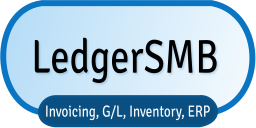Installing LedgerSMB 1.9
Installation from tarballs
This page contains the comprehensive version with the installation instructions for LedgerSMB 1.9 targetting a production installation from release tarballs and deals with these steps:
- Read more about Installing LedgerSMB 1.9
- Log in or register to post comments
